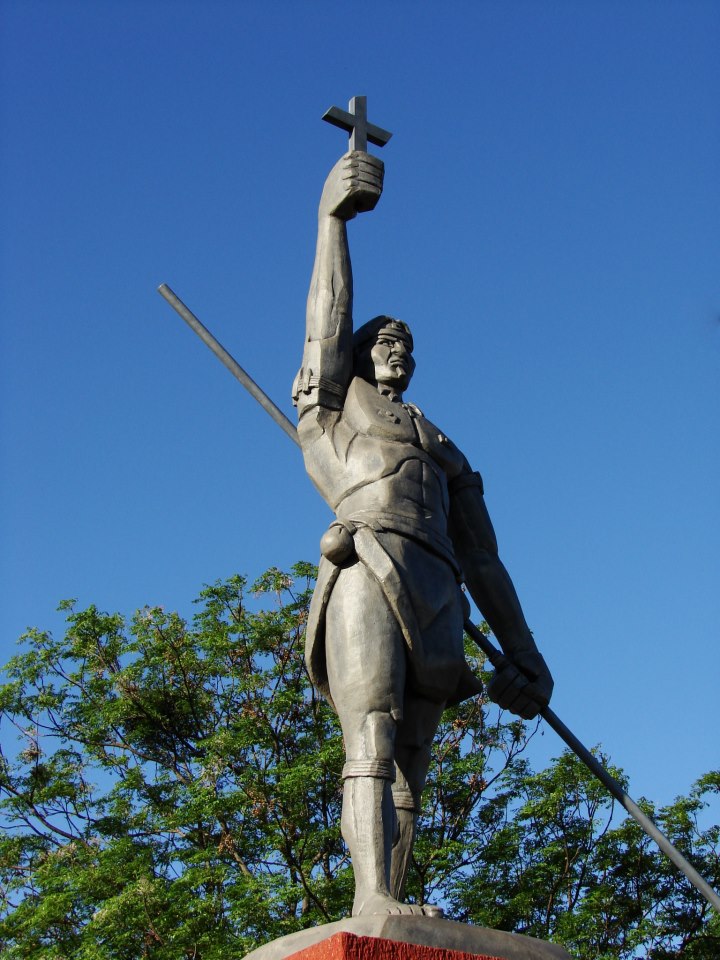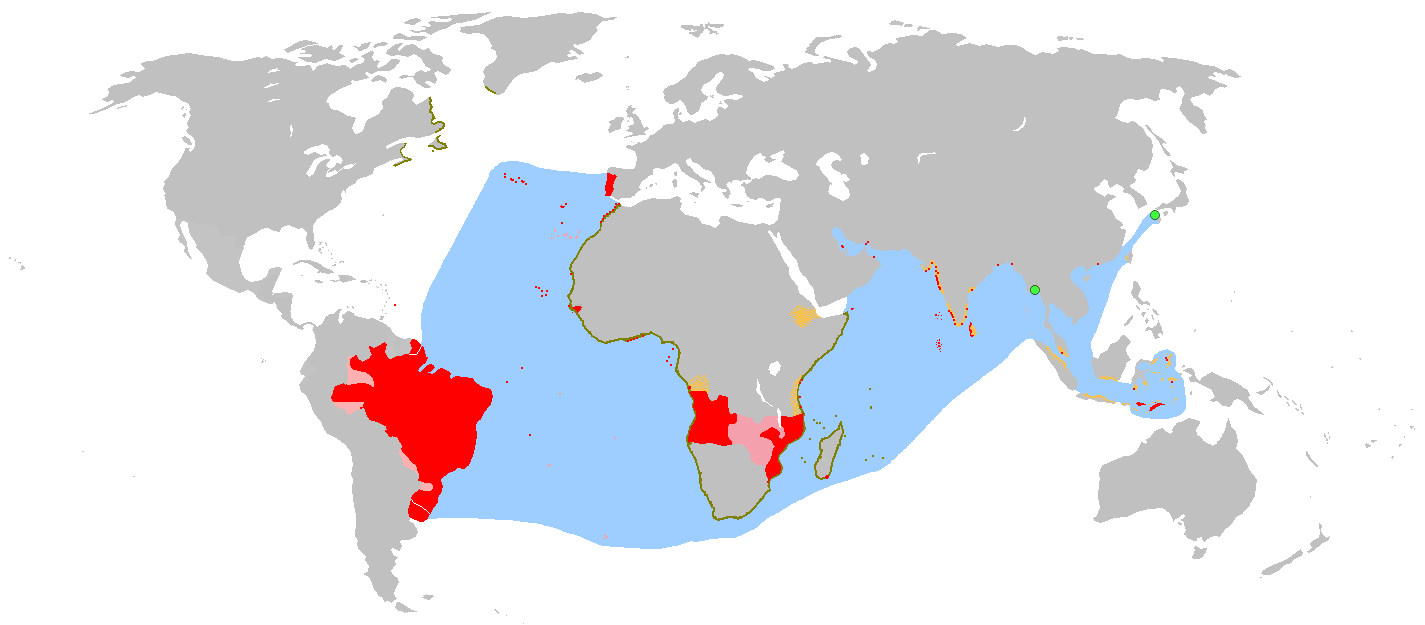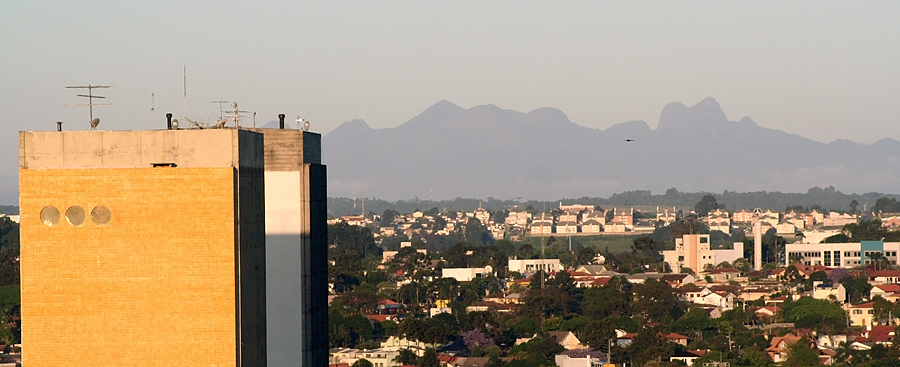|
São Luiz Do Paraitinga
São Luiz do Paraitinga (" Saint Louis of the Paraitinga") is a municipality ''(município)'' in the eastern part of the state of São Paulo in Brazil. The name Paraitinga comes from the Tupi language (Parahytinga) meaning clear water). The city is a major tourist destination of the Paraíba Valley region, particularly, due to its Historic Centre, declared a national heritage site, and its Caipira traditions, including the ''Folia do Divino'' and the '' Carnival of Marchinhas''. History The city was founded in 1769 by bandeirantes originated from Taubaté, Mogi das Cruzes e Guaratinguetá and became a municipality in 1773. It obtained city recognition in 1857 and in 1873, it was recognized as an ''imperial city'', meaning that it was one of the 12 most important cities of Brazil at that time. It 2002, São Luiz do Paraitinga was declared as an ''estância turística'' of the São Paulo state, a title that identifies a resort town of the state and gives it certain financial bene ... [...More Info...] [...Related Items...] OR: [Wikipedia] [Google] [Baidu] |
Municipalities Of Brazil
The municipalities of Brazil ( pt, municípios do Brasil) are administrative divisions of the Brazilian states. Brazil currently has 5,570 municipalities, which, given the 2019 population estimate of 210,147,125, makes an average municipality population of 37,728 inhabitants. The average state in Brazil has 214 municipalities. Roraima is the least subdivided state, with 15 municipalities, while Minas Gerais is the most subdivided state, with 853. The Federal District cannot be divided into municipalities, which is why its territory is composed of several administrative regions. These regions are directly managed by the government of the Federal District, which exercises constitutional and legal powers that are equivalent to those of the states, as well as those of the municipalities, thus simultaneously assuming all the obligations arising from them. The 1988 Brazilian Constitution treats the municipalities as parts of the Federation and not simply dependent subdivision ... [...More Info...] [...Related Items...] OR: [Wikipedia] [Google] [Baidu] |
Bandeirantes
The ''Bandeirantes'' (), literally "flag-carriers", were slavers, explorers, adventurers, and fortune hunters in early Colonial Brazil. They are largely responsible for Brazil's great expansion westward, far beyond the Tordesillas Line of 1494, by which Pope Alexander VI divided the new continent into a western, Castilian section, and an eastern, Portuguese section. The ''bandeirantes'' were also known as Paulistas and Mamelucos. They mostly hailed from the São Paulo region, called the Captaincy of São Vicente until 1709 and then as the Captaincy of São Paulo. The São Paulo settlement served as the home base for the most famous ''bandeirantes.'' Some ''bandeirante'' leaders were descendants of first- and second-generation Portuguese who settled in São Paulo, but the bulk of their numbers was made of people of mameluco background (people of both European and Indian ancestries) and natives. Miscegenation was the norm in that society, and its initial family structure was ... [...More Info...] [...Related Items...] OR: [Wikipedia] [Google] [Baidu] |
Virgin Of Mercy
The Virgin of Mercy is a subject in Christian art, showing a group of people sheltering for protection under the outspread cloak, or pallium, of the Virgin Mary. It was especially popular in Italy from the 13th to 16th centuries, often as a specialised form of votive portrait, and is also found in other countries and later art, especially Catalonia and Latin America. Usually the Virgin is standing alone, though if angels hold up the cloak, she is free to hold the infant Christ. She is typically about twice the size of the other figures. The people sheltered normally kneel, and are of necessity shown usually at a much smaller scale. These may represent all members of Christian society, with royal crowns, mitres and a papal tiara in the front rows, or represent the local population. The subject was often commissioned by specific groups such as families, confraternities, guilds or convents or abbeys, and then the figures represent these specific groups, as shown by their dress, or ... [...More Info...] [...Related Items...] OR: [Wikipedia] [Google] [Baidu] |
Portuguese Colonial Architecture
Portuguese colonial architecture refers to the various styles of Portuguese architecture built across the Portuguese Empire. Portuguese colonial architecture can be found in the plethora of former colonies throughout South America, North Africa, Sub-Saharan Africa, India, Oceania, and East Asia. Many former colonies, especially Brazil, Macau, and India, promote their Portuguese colonial architecture as major tourist attractions. 15th century During the 15th century, the Portuguese Empire laid its foundations across the world as the world's first modern colonial empire, and what would be the longest. The Empire came into existence in 1415, with the Capture of Ceuta, by the forces of Infante Henrique of Aviz, the "Navigator". This key victory initiated a century of Portuguese expansion and colonization of the African continent. In North Africa, the Portuguese conquered Ceuta, 1415, Alcácer Ceguer, 1458, Arzila, 1471, Tangiers, 1471, Mazagão, 1485, Ouadane, 1487, Safim, 1488 ... [...More Info...] [...Related Items...] OR: [Wikipedia] [Google] [Baidu] |
Praça Oswaldo Cruz Sao Luiz Do Paraitinga
A town square (or square, plaza, public square, city square, urban square, or ''piazza'') is an open public space, commonly found in the heart of a traditional town but not necessarily a true geometric square, used for community gatherings. Related concepts are the civic center, the market square and the village green. Most squares are hardscapes suitable for open markets, concerts, political rallies, and other events that require firm ground. Being centrally located, town squares are usually surrounded by small shops such as bakeries, meat markets, cheese stores, and clothing stores. At their center is often a well, monument, statue or other feature. Those with fountains are sometimes called fountain squares. By country Australia The city centre of Adelaide and the adjacent suburb of North Adelaide, in South Australia, were planned by Colonel William Light in 1837. The city streets were laid out in a grid plan, with the city centre including a central public square, ... [...More Info...] [...Related Items...] OR: [Wikipedia] [Google] [Baidu] |
Serra Do Mar
The Serra do Mar (, Portuguese for ''Sea's Ridge'' or ''Sea Ridge'') is a 1,500 km long system of mountain ranges and escarpments in Southeastern Brazil. Geography The Serra do Mar runs parallel to the Atlantic Ocean coast from the state of Espírito Santo to southern Santa Catarina,Angulo, R. J., G. C. Lessa, M. C. de Souza (2009). ''The Holocene Barrier Systems of Paranaguá and Northern Santa Catarina Coasts, Southern Brazil.'' Lecture Notes in Earth Sciences 107: 135-176. although some literature includes the Serra Geral in the Serra do Mar, in which case the range would extend to northeastern Rio Grande do Sul. The main escarpment forms the boundary between the sea-level littoral and the inland plateau (''planalto''), which has a mean altitude of . This escarpment is part of the Great Escarpment that runs along much of the eastern coast of Brazil south from the city of Salvador, Bahia. Mountain ranges The mountain ranges are discontinuous in several places and ar ... [...More Info...] [...Related Items...] OR: [Wikipedia] [Google] [Baidu] |
Rio De Janeiro
Rio de Janeiro ( , , ; literally 'River of January'), or simply Rio, is the capital of the state of the same name, Brazil's third-most populous state, and the second-most populous city in Brazil, after São Paulo. Listed by the GaWC as a beta global city, Rio de Janeiro is the sixth-most populous city in the Americas. Part of the city has been designated as a World Heritage Site, named "Rio de Janeiro: Carioca Landscapes between the Mountain and the Sea", on 1 July 2012 as a Cultural Landscape. Founded in 1565 by the Portuguese, the city was initially the seat of the Captaincy of Rio de Janeiro, a domain of the Portuguese Empire. In 1763, it became the capital of the State of Brazil, a state of the Portuguese Empire. In 1808, when the Portuguese Royal Court moved to Brazil, Rio de Janeiro became the seat of the court of Queen Maria I of Portugal. She subsequently, under the leadership of her son the prince regent João VI of Portugal, raised Brazil to the dignity ... [...More Info...] [...Related Items...] OR: [Wikipedia] [Google] [Baidu] |
São Paulo
São Paulo (, ; Portuguese for ' Saint Paul') is the most populous city in Brazil, and is the capital of the state of São Paulo, the most populous and wealthiest Brazilian state, located in the country's Southeast Region. Listed by the GaWC as an alpha global city, São Paulo is the most populous city proper in the Americas, the Western Hemisphere and the Southern Hemisphere, as well as the world's 4th largest city proper by population. Additionally, São Paulo is the largest Portuguese-speaking city in the world. It exerts strong international influences in commerce, finance, arts and entertainment. The city's name honors the Apostle, Saint Paul of Tarsus. The city's metropolitan area, the Greater São Paulo, ranks as the most populous in Brazil and the 12th most populous on Earth. The process of conurbation between the metropolitan areas around the Greater São Paulo ( Campinas, Santos, Jundiaí, Sorocaba and São José dos Campos) created the São Paulo M ... [...More Info...] [...Related Items...] OR: [Wikipedia] [Google] [Baidu] |
National Institute Of Historic And Artistic Heritage
The National Historic and Artistic Heritage Institute (, IPHAN) is a heritage register of the federal government of Brazil. It is responsible for the preservation of buildings, monuments, structures, objects and sites, as well as the register and safeguard of intangible cultural heritage deemed of historic or cultural importance to the country. IPHAN maintains 1,047 sites, which include historic buildings, city centers, and landscapes. It additional lists a growing number of intangible cultural heritage entities. The presidency of the institute was held by only two individuals over its first forty years. Rodrigo Melo Franco led SPHAN/IPHAN from 1937 until his retirement in 1967; his successor was the architect Renato Soeiro, who led the institute from 1967 to 1979. History Inspetoria de Monumentos Nacionais The federal agency dedicated to the preservation of historic sites Brazil was created in 1933 under the name Inspetoria de Monumentos Nacionais (IMN). It was established a ... [...More Info...] [...Related Items...] OR: [Wikipedia] [Google] [Baidu] |
Ministry Of National Integration
The Ministry of National Integration ( pt, Ministério da Integração Nacional, abbreviated MNI) was a cabinet-level federal ministry in Brazil, established in 1999. Some of its portfolio overlapped the Ministry of Development, but the MNI was particularly tasked with reducing regional In geography, regions, otherwise referred to as zones, lands or territories, are areas that are broadly divided by physical characteristics (physical geography), human impact characteristics (human geography), and the interaction of humanity and t ... inequality. The MNI was replaced by the Ministry of Regional Development in 2019. References External links Official site National Integration Brazil, National Integration {{brazil-gov-stub ... [...More Info...] [...Related Items...] OR: [Wikipedia] [Google] [Baidu] |
Igreja Matriz Sao Luiz De Tolosa Reconstrucao SLP
"Igreja" ("Church") is a single by Brazilian rock band Titãs, released in 1986, part of their ''Cabeça Dinossauro'' album. Lyrics and composition According to songwriter and then bassist and vocalist Nando Reis, the song was written on the acoustic guitar at his mother's house in the district of Butantã, São Paulo: By the time of the album's release, Reis said: Reception within the band It was one of the last songs to be selected for the album and it stirred controversy among the members themselves - vocalist Arnaldo Antunes, at first, didn't want to record it and would even leave the stage sometimes when the song was performed live. When the members had a meeting at vocalist Branco Mello's apartment to discuss the album's repertoire, vocalist, bassist and saxophonist Paulo Miklos also opposed the song's inclusion, but soon changed his mind as the band performed it live. Antunes, on the other hand, said "the song is against the Church as the institution, but at the ... [...More Info...] [...Related Items...] OR: [Wikipedia] [Google] [Baidu] |
Flood
A flood is an overflow of water ( or rarely other fluids) that submerges land that is usually dry. In the sense of "flowing water", the word may also be applied to the inflow of the tide. Floods are an area of study of the discipline hydrology and are of significant concern in agriculture, civil engineering and public health. Human changes to the environment often increase the intensity and frequency of flooding, for example land use changes such as deforestation and removal of wetlands, changes in waterway course or flood controls such as with levees, and larger environmental issues such as climate change and sea level rise. In particular climate change's increased rainfall and extreme weather events increases the severity of other causes for flooding, resulting in more intense floods and increased flood risk. Flooding may occur as an overflow of water from water bodies, such as a river, lake, or ocean, in which the water overtops or breaks levees, resulting ... [...More Info...] [...Related Items...] OR: [Wikipedia] [Google] [Baidu] |






